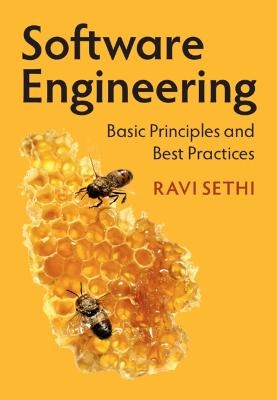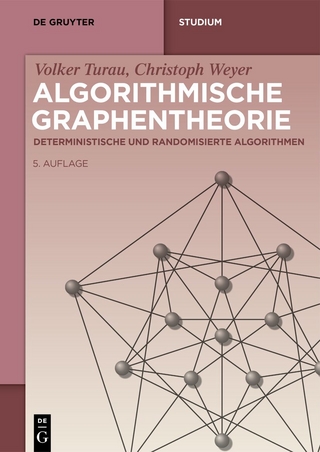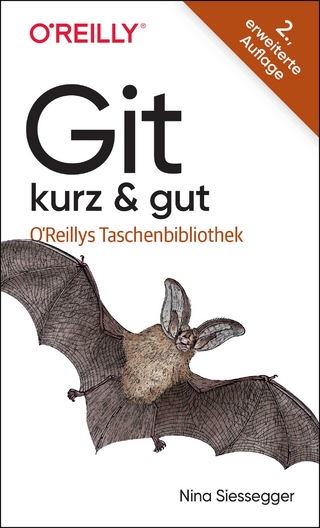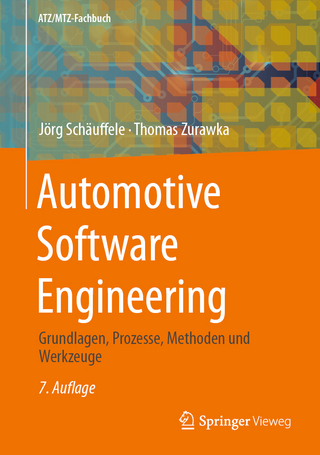
Software Engineering
Basic Principles and Best Practices
Seiten
2022
Cambridge University Press (Verlag)
978-1-316-51194-7 (ISBN)
Cambridge University Press (Verlag)
978-1-316-51194-7 (ISBN)
This introductory textbook addresses the main challenges of software development, and offers tips and templates for a student team project. To meet user needs, software is developed by eliciting requirements, adopting iterative methods, designing modular systems, verifying implementations, and using metrics and data to track progress.
Software engineering is as much about teamwork as it is about technology. This introductory textbook covers both. For courses featuring a team project, it offers tips and templates for aligning classroom concepts with the needs of the students' projects. Students will learn how software is developed in industry by adopting agile methods, discovering requirements, designing modular systems, selecting effective tests, and using metrics to track progress. The book also covers the 'why' behind the 'how-to', to prepare students for advances in industry practices. The chapters explore ways of eliciting what users really want, how clean architecture divides and conquers the inherent complexity of software systems, how test coverage is essential for detecting the inevitable defects in code, and much more. Ravi Sethi provides real-life case studies and examples to demonstrate practical applications of the concepts. Online resources include sample project materials for students, and lecture slides for instructors.
Software engineering is as much about teamwork as it is about technology. This introductory textbook covers both. For courses featuring a team project, it offers tips and templates for aligning classroom concepts with the needs of the students' projects. Students will learn how software is developed in industry by adopting agile methods, discovering requirements, designing modular systems, selecting effective tests, and using metrics to track progress. The book also covers the 'why' behind the 'how-to', to prepare students for advances in industry practices. The chapters explore ways of eliciting what users really want, how clean architecture divides and conquers the inherent complexity of software systems, how test coverage is essential for detecting the inevitable defects in code, and much more. Ravi Sethi provides real-life case studies and examples to demonstrate practical applications of the concepts. Online resources include sample project materials for students, and lecture slides for instructors.
Ravi Sethi is Laureate Professor of Computer Science at the University of Arizona, USA, and is an ACM fellow. He co-authored Compilers: Principles, Techniques, and Tools (1985), popularly known as the 'dragon' book, and launched Avaya Labs.
Preface; 1. Introduction; 2. Software development processes; 3. User requirements; 4. Requirements analysis; 5. Use cases; 6. Design and architecture; 7. Architectural patterns; 8. Static checking; 9. Testing; 10. Quality metrics; Appendix A: a team project; Notes; References; Index.
| Erscheinungsdatum | 08.12.2022 |
|---|---|
| Zusatzinfo | Worked examples or Exercises |
| Verlagsort | Cambridge |
| Sprache | englisch |
| Maße | 177 x 251 mm |
| Gewicht | 820 g |
| Themenwelt | Mathematik / Informatik ► Informatik ► Software Entwicklung |
| ISBN-10 | 1-316-51194-4 / 1316511944 |
| ISBN-13 | 978-1-316-51194-7 / 9781316511947 |
| Zustand | Neuware |
| Informationen gemäß Produktsicherheitsverordnung (GPSR) | |
| Haben Sie eine Frage zum Produkt? |
Mehr entdecken
aus dem Bereich
aus dem Bereich
Deterministische und randomisierte Algorithmen
Buch | Softcover (2024)
De Gruyter Oldenbourg (Verlag)
64,95 €
Grundlagen, Prozesse, Methoden und Werkzeuge
Buch | Hardcover (2024)
Springer Vieweg (Verlag)
99,99 €


